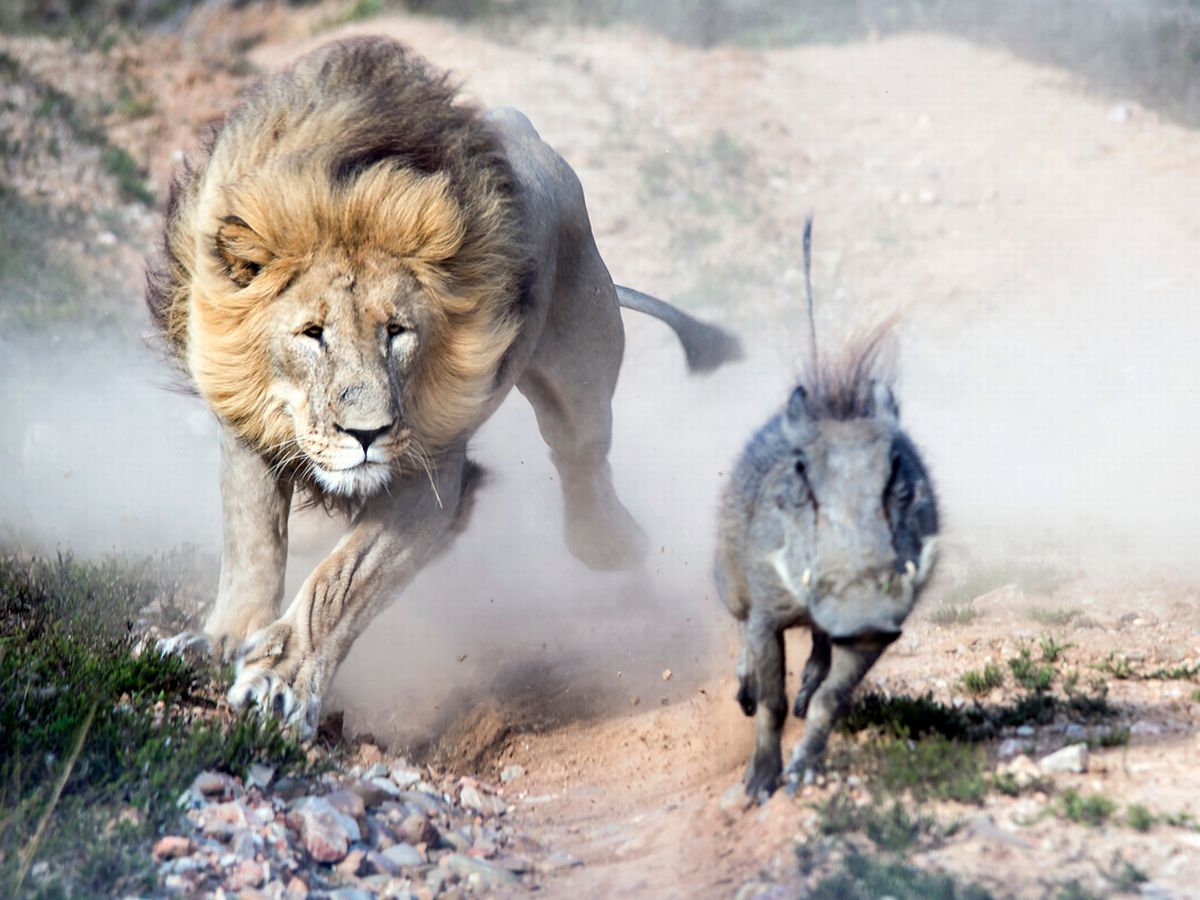The thrill of riding the giants of the Pacific Ocean, a pursuit that has captivated surfers and film enthusiasts alike for decades, is vividly captured in the 2012 film, Chasing Mavericks. Directed by Curtis Hanson and Michael Apted, this biographical drama tells the inspiring true story of Jay Moriarity, a young surfer from Santa Cruz, California, who dared to dream big and tackle the infamous Mavericks surf break. Located near Half Moon Bay, California, Mavericks is notorious for its massive waves, reaching heights of over 60 feet during the winter months, making it a Mecca for big-wave surfers worldwide.
At the heart of the film is the complex and deeply human story of Jay Moriarity, played by Jonny Weston, and his mentor, Frosty Hesson, portrayed by Gerard Butler. The narrative delves into Jay’s tumultuous home life, his passion for surfing, and his unwavering dedication to mastering the art of riding the giants at Mavericks. Frosty, a seasoned surfer and local legend, recognizes Jay’s potential and takes him under his wing, teaching him not only the technical aspects of big-wave surfing but also the mental and emotional preparedness necessary to confront the formidable forces of nature.
As Jay and Frosty embark on their journey, the film explores themes of perseverance, friendship, and the unbreakable bond between mentor and protégé. The cinematic portrayal of their relationship is both authentic and poignant, capturing the essence of how these two individuals from different walks of life come together, united by their passion for the ocean and the pursuit of the ultimate ride. The dynamic between Jay and Frosty is beautifully complemented by the supporting cast, including Elisabeth Shue as Jay’s mother, Kristin, and Abigail Spencer as Frosty’s wife, Brenda, adding depth and emotional complexity to the story.
One of the standout aspects of Chasing Mavericks is its stunning cinematography. The film’s use of natural lighting, coupled with breathtaking aerial and water-level footage of the surfers in action, immerses the viewer in the world of big-wave surfing. The cinematographic team, led by Oliver Euclid and Bill Pope, captures the raw power and beauty of the ocean with precision, making the viewing experience both exhilarating and humbling. The film’s portrayal of the Mavericks surf break, with its colossal waves and the surfers who dare to ride them, is nothing short of awe-inspiring, inviting viewers to appreciate the majesty of nature and the human spirit’s capacity for adventure and exploration.
Beyond its visual splendor, Chasing Mavericks also explores the psychological and philosophical aspects of big-wave surfing. The film touches on the concept of fear and how it can be both a deterrent and a motivator for those who pursue extreme sports. Through Jay’s character, the movie shows how facing and overcoming fear can lead to personal growth and a deeper understanding of one’s capabilities. This theme is encapsulated in the concept of the “100-foot wave,” a metaphor for the ultimate challenge that surfers aspire to conquer, symbolizing the pinnacle of their sport and the pinnacle of human achievement.
The production of Chasing Mavericks was not without its challenges. The film faced a unique set of obstacles, including the unpredictable nature of the ocean and the difficulty of capturing high-quality footage of big-wave surfing. The cast and crew had to work in harmony with the elements, often waiting for the perfect conditions to film the most critical scenes. This included the recruitment of professional surfers to perform the most dangerous stunts, ensuring that the film’s portrayal of surfing was as realistic and respectful to the sport as possible.
In addition to its breathtaking action sequences and compelling narrative, Chasing Mavericks is also notable for its attention to historical detail. The film’s portrayal of the early 1990s surfing scene, including the characters’ clothing, music, and surfing equipment, is meticulously accurate, providing a nostalgic snapshot of a bygone era for those who lived through it and an educational glimpse into the sport’s evolution for newer generations.
Chasing Mavericks premiered in 2012 to generally positive reviews from critics, with many praising the film’s cinematography, performances, and heartfelt storytelling. While some critics noted that the film’s narrative was somewhat predictable and relied on familiar tropes, the consensus was that the movie’s strengths outweighed its weaknesses, making it a compelling watch for both surfers and non-surfers alike.
The film’s impact extends beyond the screen, too. Chasing Mavericks has inspired a new generation of surfers, encouraging them to push beyond their limits and explore the world’s most challenging surf breaks. The movie has also contributed to the growing recognition of big-wave surfing as a distinct discipline within the sport, acknowledging the unique skills, courage, and dedication required to surf waves of such immense power and size.
In conclusion, Chasing Mavericks is a film that embodies the spirit of adventure, perseverance, and the unrelenting pursuit of one’s passions. Through its engaging storyline, memorable characters, and spectacular cinematography, the movie offers an immersive experience that resonates deeply with audiences. Whether you’re a seasoned surfer or someone who has never stepped foot in the ocean, Chasing Mavericks invites you to join the journey of Jay Moriarity and Frosty Hesson, to feel the rush of adrenaline as they chase the giants of the Pacific, and to understand the profound bond that exists between humans and the sea.
For those inspired by the film to learn more about surfing, especially big-wave surfing, it's essential to start with the basics. Understanding the fundamentals of surfing, including safety protocols, wave dynamics, and environmental awareness, is crucial before progressing to more challenging conditions. Surf schools and experienced instructors can provide valuable guidance and support for beginners.
Chasing Mavericks stands as a testament to the human spirit's capacity for exploration, innovation, and the pursuit of excellence. The film's themes of mentorship, perseverance, and the pursuit of one's dreams serve as powerful reminders of the importance of living life to the fullest and embracing challenges as opportunities for growth.
Who was Jay Moriarity, and what made his story notable?
+Jay Moriarity was a young American surfer known for his achievements in big-wave surfing, particularly at the Mavericks surf break in California. His story is notable for his determination, perseverance, and tragic death at a young age, which has inspired countless individuals in the surfing community and beyond.
What is the significance of Mavericks in the surfing world?
+Mavericks is one of the most famous and feared big-wave surf spots globally, known for its massive waves that can reach heights of over 60 feet. It is a challenging and dangerous location that attracts top surfers from around the world, making it a pivotal point in the big-wave surfing community.
How did the film Chasing Mavericks impact the surfing community and popular culture?
+Chasing Mavericks had a significant impact by inspiring a new generation of surfers, contributing to the recognition of big-wave surfing as a distinct discipline, and bringing the story of Jay Moriarity and the Mavericks surf break to a wider audience, thus influencing popular culture's perception of surfing and adventure sports.
The legacy of Chasing Mavericks continues to ripple through the surfing community and beyond, a reminder of the power of the human spirit to inspire, to persevere, and to chase the impossible. As the film’s narrative so eloquently captures, the journey of Jay Moriarity and Frosty Hesson is not just about surfing; it’s about the universal quest for challenge, for camaraderie, and for the pursuit of one’s dreams, no matter how daunting they may seem.



